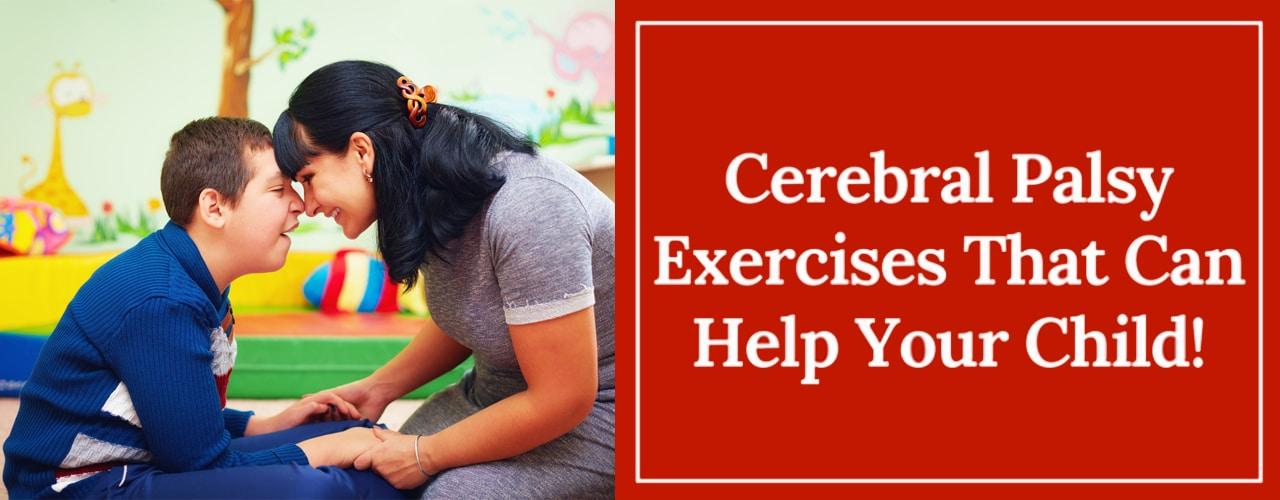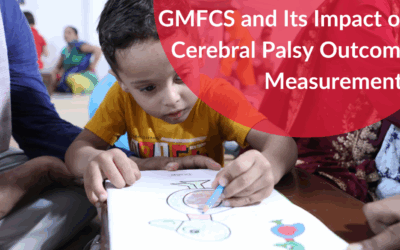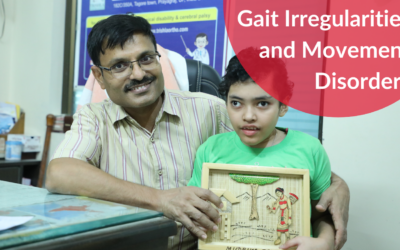Cerebral palsy, a condition marked by physical impairment, might seem like a barrier to physical activity, yet exercise plays a pivotal role in enhancing the lives of children affected by it. Engaging in regular physical activity not only strengthens muscles and enhances flexibility and endurance but also offers significant emotional and social benefits, helping to boost confidence and reduce feelings of anxiety and depression.
The Positive Impact of Exercise
For children diagnosed with cerebral palsy, exercises tailored to their abilities can significantly improve their quality of life. Activities like crawling, knee walk, cycling, walk in society and yoga are not just about movement; they’re avenues for socialization and building self-esteem over time. More dynamic options such as wheelchair basketball, which has gained popularity, provide both recreational pleasure and competitive opportunities.
Physical Therapy and Adapted Sports
Many children with cerebral palsy may also benefit from cerebral palsy physical therapy, which involves a regimen of cerebral palsy physical exercise under the supervision of a trained therapist. This targeted approach aims to address specific cerebral palsy symptoms like muscle weakness or spasticity, common challenges for those with the condition. Moreover, adapted sports provide a platform for inclusion, allowing children with cerebral palsy to experience the camaraderie and thrill of team sports, with modifications as needed to ensure full participation.
Types of Beneficial Exercises
There are numerous exercises suited to varying needs:
- Arm and Leg Cycling: Enhances limb strength and cardiovascular health.
- Resistance Training with Elastic Bands: Builds muscle without heavy weights.
- Swimming and Rowing: Low-impact but effective in strengthening the body.
- Yoga and Tai Chi: Focus on flexibility, balance, and mental well-being.
- Walking on uneven surface: it will helps in improving balance.
It’s crucial to consult with a healthcare provider to determine the most beneficial exercises tailored to a child’s specific capabilities and growth needs.
Establishing a Routine
Creating a consistent exercise schedule is vital. Regularity helps in gradually building muscle strength and improving overall physical endurance, which are essential for personal development and independence.
The Role of Sports
Participating in sports can be incredibly rewarding for children with cerebral palsy, offering them a chance to shine on the playing in field and forge lasting friendships. Adapted sports, which utilize modified equipment or techniques, ensure everyone has a chance to participate fully, whether it’s in wheelchair basketball, adapted track and field, or swimming.
The Critical Role of Physical Therapy
Physical therapy serves a rehabilitative purpose distinct from general exercise or sports. It focuses specifically on enhancing functional ability and managing physical limitations through a personalized regimen. This specialized intervention is crucial in managing cerebral palsy as it not only targets strength and flexibility but also aims to improve balance and coordination, enhancing overall independence.
Managing Cerebral Palsy through Holistic Exercise Approaches
When devising an exercise plan for a child with cerebral palsy, it’s important to balance between therapeutic exercises and those meant for fitness and fun. Each child’s needs are unique, and activities should be chosen not only for their physical benefits but for their enjoyment value, ensuring that exercise is a fulfilling part of the child’s daily routine.
Exercises to Consider for Flexibility and Mobility
- Joint Rotations and Stretches: Simple activities that can significantly improve joint flexibility and movement.
- Targeted Muscle Stretches: Stretching exercises specifically calf and hamstring is very important to maintain flexibility in most of spastic CP cases.
Adaptive Exercises for Severe Cases
For children with more extensive impairments like spastic quadriplegia, passive range-of-motion exercises can be beneficial. These exercises are typically performed with the help of a caregiver and are crucial for maintaining joint and muscle function without active exertion from the child.
Enhancing Cardiovascular Health
Even with mobility limitations, cardiovascular exercises adapted for specific needs can play a critical role in maintaining heart health and overall stamina. Wheelchair aerobics and modified dance routines are excellent for elevating the heart rate and improving circulation.
Strength Building
Incorporating strength-building activities such as using resistance bands, wheelchair push-ups, or even aquatic exercises can help in maintaining muscle tone and supporting bone health, which is crucial for children prone to osteoporosis.
Tailoring Exercise to Individual Needs
The most effective exercise programs are those customized to the individual’s preferences and physical capabilities. For adults with cerebral palsy, this personalized approach ensures that they can engage in meaningful physical activity, regardless of their condition’s complexity.
Conclusion
Exercise is not merely a beneficial element but a crucial aspect of managing cerebral palsy. It empowers children and adults alike to overcome physical limitations and enhances their overall well-being. By integrating a well-rounded regimen of physical activities, individuals with cerebral palsy can lead fuller, more active lives.







